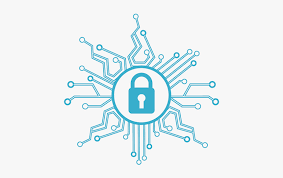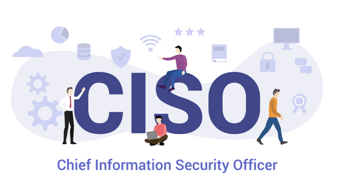FutureScape 2023-Early Research Insights from Technology Executive Opinion Interviews
![]()
This morning's Wall Street Journal article by Joe Peppard, a follow up to his controversially titled article from last November titled "It’s Time to Get of the IT Department" was insightful. While the title was supposedly tongue-in-cheek and designed to stir a little controversy, Mr. Peppard makes some great points on the evolving role of IT, some of which are corroborated by what IT decision makers have told us through our most recent FutureScape Executive Opinion Research series, where we have been polling technology leaders on their expectations for 2023. Our research effort is not yet complete, and we will share more as we get closer to year end, but here are top insights so far:
![]()
- Role of IT as Business Value Creator: This is the biggest transformation in IT leadership mindsets we have picked up in our interviews. Forward thinking CIOs and IT leaders report having radically transformed their IT departments, with others indicating that such transformations are well underway. Covid accelerated this trend, especially in consumer facing sectors. A major bricks-and-mortar retailer reported having to pivot very quickly to shore up their ecommerce operations and overhaul the technology stack supporting ecommerce functions such as inventory routing from the nearest store to accelerate delivery times. Likewise, a major retail bank reported having to significantly ramp up resources and support for their mobile app, as millions of customers were now using their phones to complete transactions for which they would otherwise have come into local branches.

- Heightened Security and Anxiety over LOB Technology Adoptions: At the same time, IT leaders are experiencing significant anxiety over line-of-business personnel adopting self assisted SaaS apps on their own, what many traditionally referred to as shadow or rogue IT. While IT departments do their best to vet apps and have guidelines and guardrails in place, what keeps CIOs up at night more than anything else are the security implications of anyone being able to sign up for these SaaS apps with nothing more than the company credit card. Most concerning areas in the business are sales departments with the plethora of sales enablement apps available today through Salesforce AppExchange and other venues. On the other hand, line-of-business executives interviewed are thrilled as how to fast their teams can move without hinderance from IT. One CMO expressed the frustration of having to wait six months to get IT response. Mr. Peppard’s article also contained reader comments that echoed similar sentiments such as "our IT department has no clue what our company does" and the "common nickname for IT was the sales prevention department”. We expect a balance to be struck between these two points-of-view but according to IT and business leaders we interviewed, most are reportedly not there yet.

- The "Cloudification" of IT’s Role: Adoption of cloud from the likes of AWS, Microsoft, Google and Oracle have also radically transformed the role of IT. The security and guardrail roles mentioned above now reside with their respective cloud providers, but not the full responsibility! IT leaders' particular concerns are items such as AWS's shared responsibility model, which spells out security as a joint responsibility between AWS and the customer, but the demarcation point where one party's responsibility ends and the other's begins are reportedly blurred, and concerns have been heightened ever since the Capitol One/AWS breach.

- The Rise of the CISO: In the wake of rising cybersecurity and ransomware attacks, the CISO or Chief Information Security Officer has taken on a much more critical role. Here though, there is some debate on whether the role should reside within IT or outside, with more forward-thinking companies, such as those that have made the transformations mentioned in point 1 above, more likely to have these roles and personnel reporting directly to the CEO or in some cases, the CFO. They view placing it within the IT department as a conflict-of-interest, given that security is one of the KPIs that IT departments are frequently measured on.

- AI and Machine Learning Moving to Center Stage: A long time coming, and somewhat a given, these technologies are finally playing an increasingly important role, and expected to accelerate between now and 2024, according to interviewed executives. The expectation is also that the providers of software and apps used by their respective organizations will play a major role in integrating these technologies to make their product's more robust.

- ESG and Environmental Impacts and Footprint: Last but not least, is the topic of ESG as a future expected trend. Interestingly, unlike the five data points above, our interview respondents had to be prompted to discuss ESG, an indication that the topic is not as top-of-mind as the others mentioned here. However, given the banking and investment communities’ current rising interest in ESG, technology leaders expect top-down edicts to focus on this area in IT. As with other topics above, given the rapid move to the cloud and decommissioning of many of their legacy data centers, respondents also indicate looking to their cloud providers to ensure that the best environment preservation and climate change-friendly practices are adopted and followed.
Link to Joe Peppard’s Wall Street Journal article: https://www.wsj.com/articles/get-rid-of-it-department-people-think-otherwise-11663180383?st=vqx426o60o0c9n1&reflink=desktopwebshare_permalink
Alan Nazarelli is President & CEO of Silicon Valley Research Group.